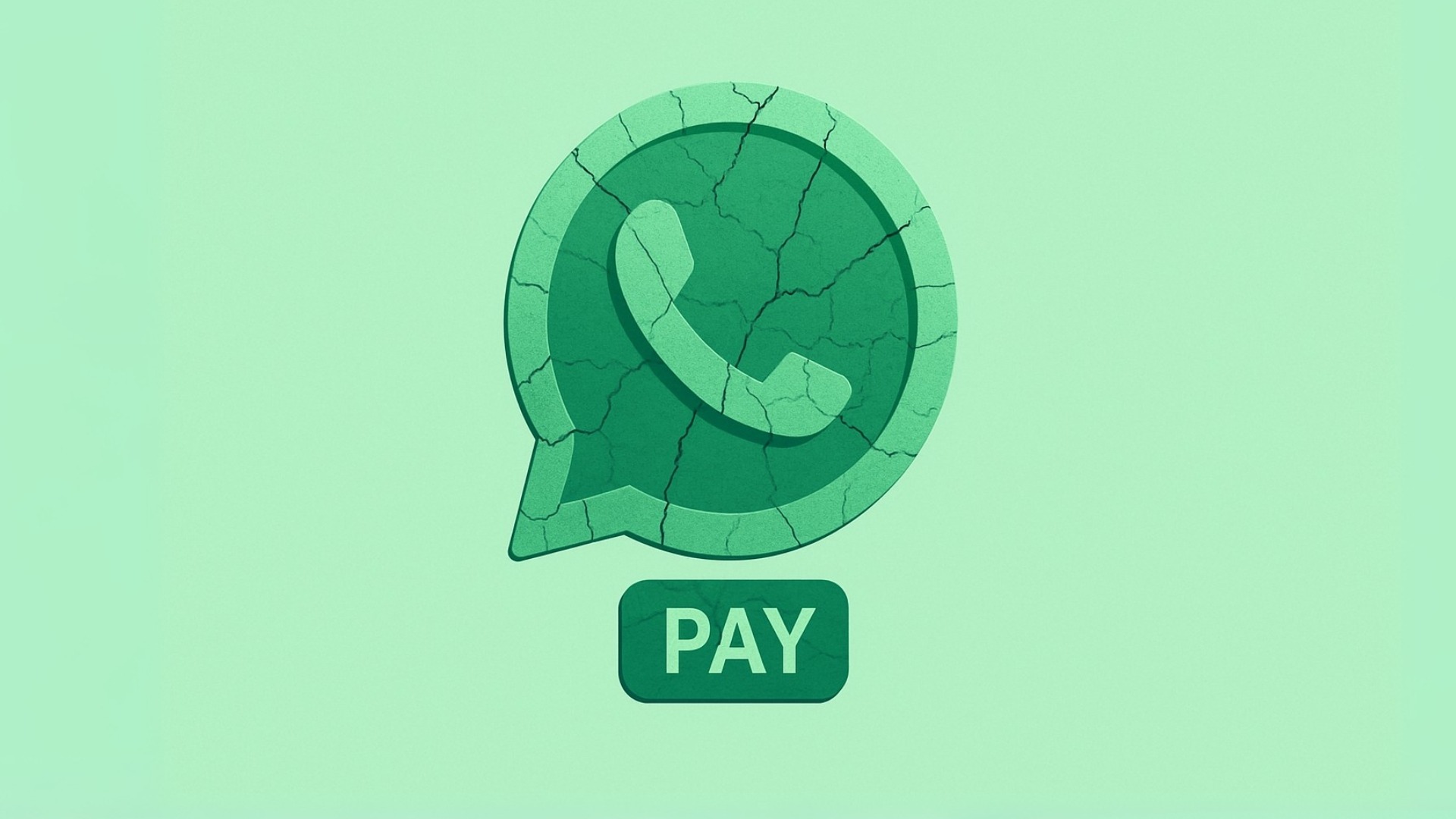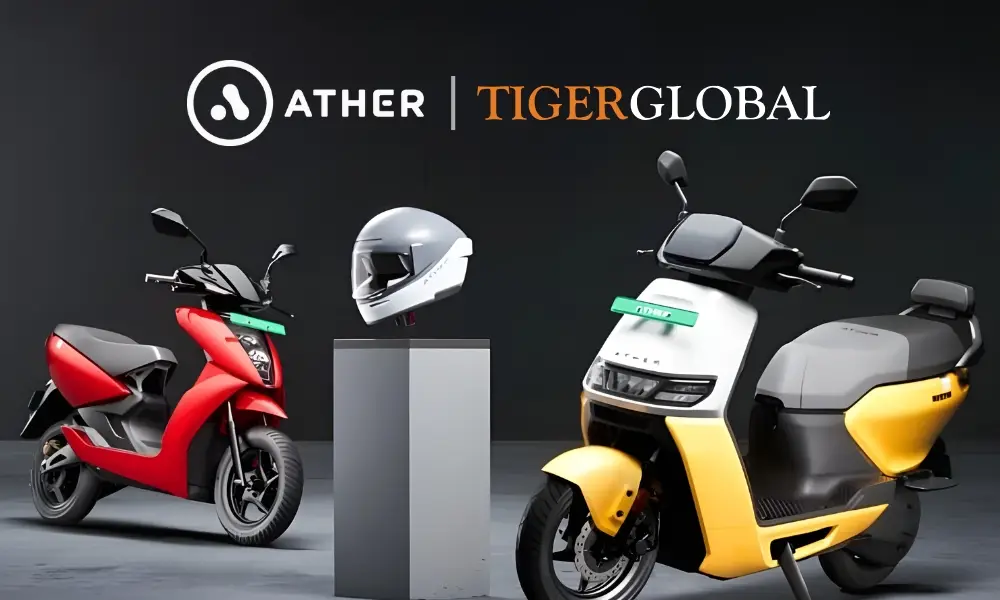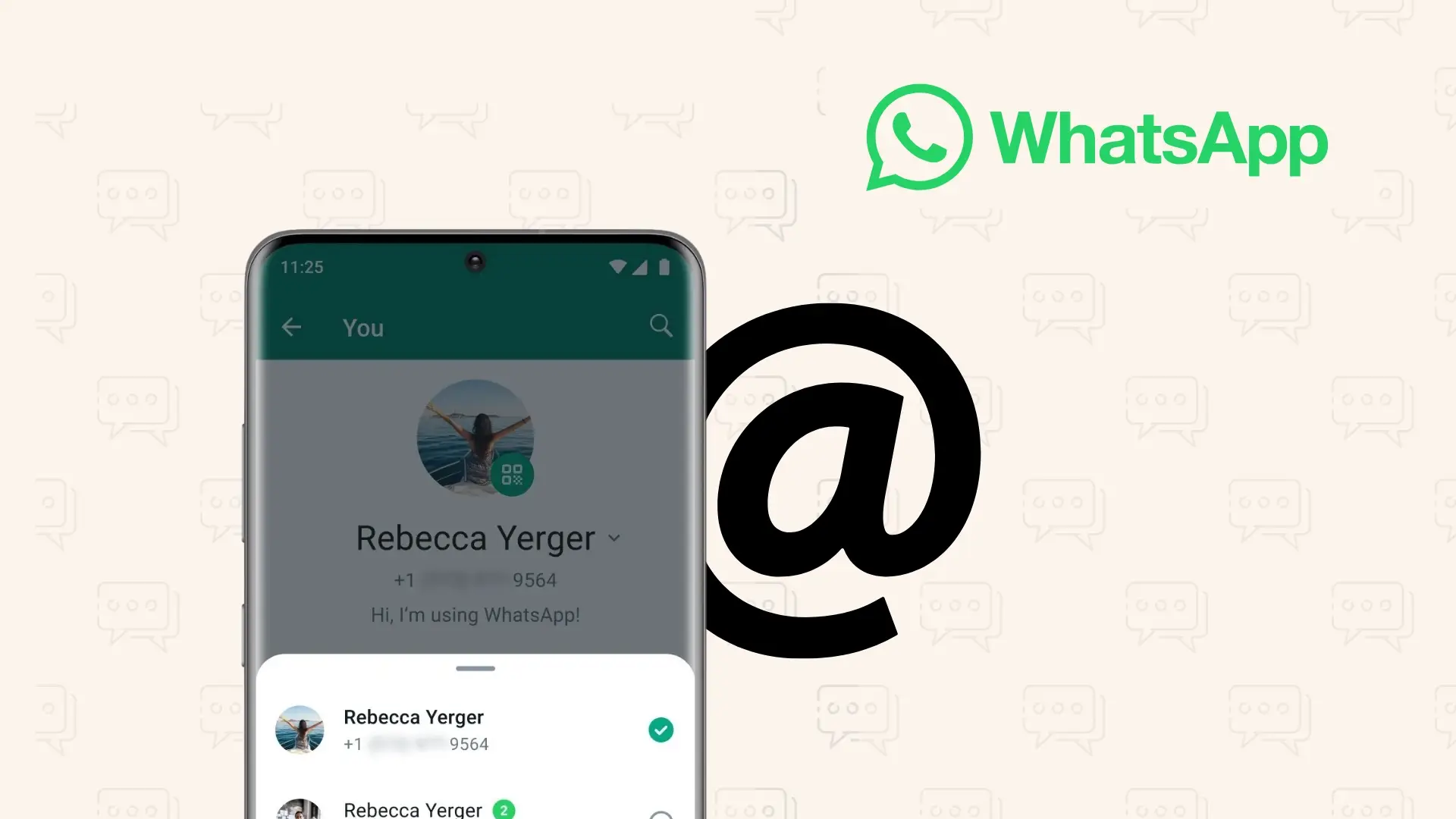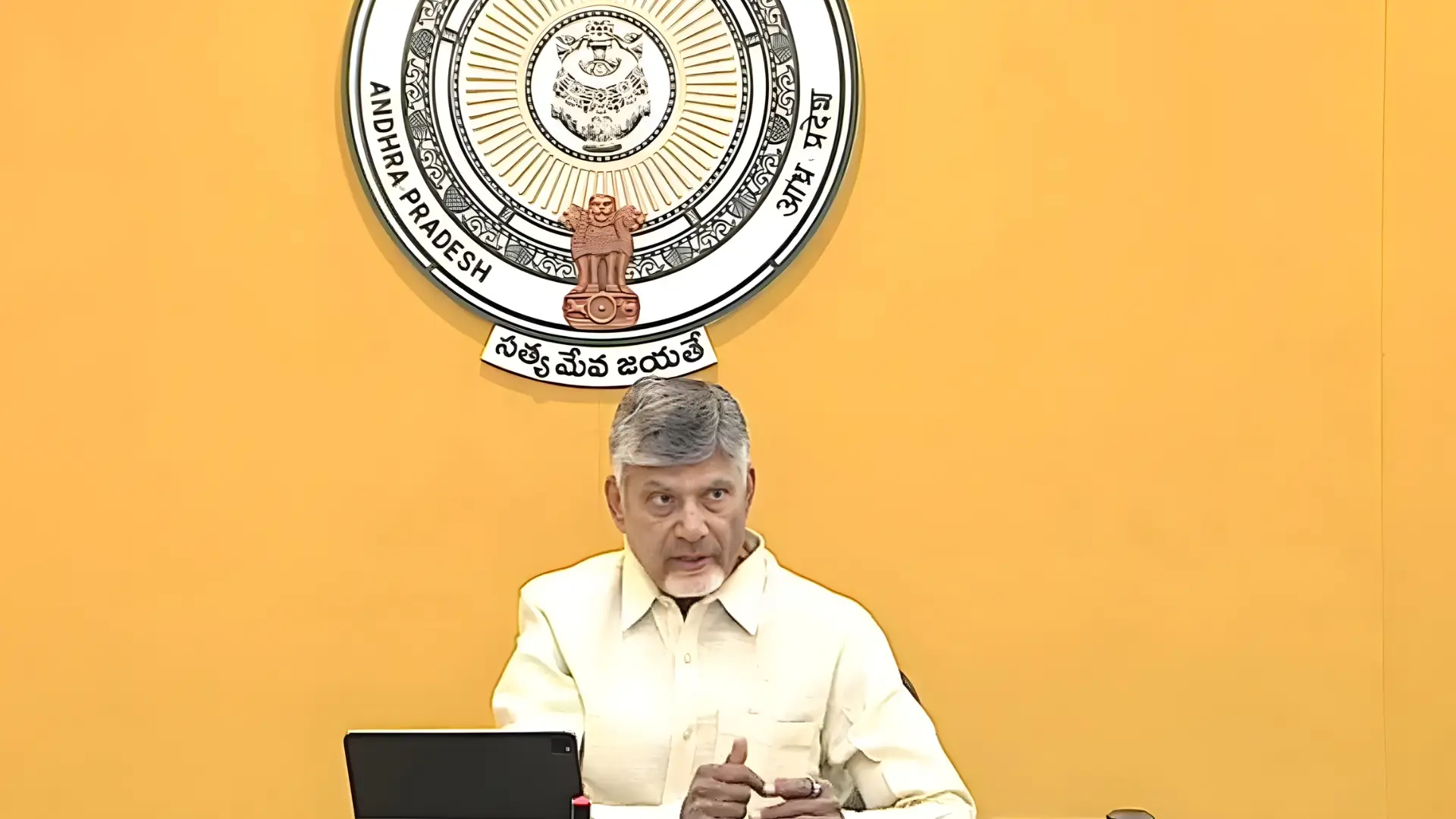How often does your friend ask you for money? Once a week at least? Well, not just your friend; sometimes it’s your brother, sister, or anyone close to you, right? Okay, let’s imagine this. Your friend pings you on WhatsApp: “Hey buddy, it’s urgent. I need ₹500.” What do you do? You close WhatsApp and open PhonePe, Google Pay, or Paytm, whichever you use, and send the money. But here’s the funny part: you could have paid through the very same WhatsApp chat where you got the message. Yet most of us never think about it. In fact, the majority of WhatsApp users don’t even remember that WhatsApp has a payment option. And that’s exactly why, despite having over 400 million users in India, WhatsApp hasn’t been able to crack the online payments space.
This is what we call brand perception. We never see WhatsApp as a payment’s app; it’s our go-to messaging app, and nothing else. There are plenty of reasons behind WhatsApp Pay’s struggle in India. But before we get into the deeper ones, let’s first understand why it started and the early challenges it faced, and then we’ll delve into details.
WhatsApp Pay didn’t start all of a sudden. Meta (then Facebook) had plans to enter India’s UPI market way back in 2018. They even rolled out a test version to about 1 million users. It worked fine, and you could send and receive money inside WhatsApp. But there was a big problem, which was regulatory rules. The National Payments Corporation of India (NPCI) and the Reserve Bank of India (RBI) said WhatsApp must follow data localization rules. Meaning all payments data had to be stored in India, not in other countries. Until that was done, WhatsApp Pay could not launch for everyone. So, for more than two years, WhatsApp Pay stayed stuck in testing mode, while PhonePe, Google Pay, and Paytm kept growing fast.
In November 2020, NPCI finally gave WhatsApp Pay permission to launch across India. But there was a catch: • Only 20 million users could use it at first. • NPCI said this limit was to prevent any one player from becoming too big too quickly. This means even though WhatsApp had 400+ million users in India, most people couldn’t use payments right away.
By the time WhatsApp could enter the market, it had already been acquired by top players.
• PhonePe had a huge base of shops and gave cashback offers.
• Google Pay had become the default for sending money to friends and family.
• Paytm was strong in offline payments from its wallet days. But unfortunately, WhatsApp is still trying to tell people that they can also do payments.
In December 2024, NPCI finally removed the 20 million user limit on WhatsApp Pay. This meant WhatsApp could, in theory, offer UPI payments to all 400+ million Indian users. They got some traction thereafter, but it is still very tiny, though it has the huge user base. But why didn’t it work out well?
Initially we discussed something called brand perception that plays a key role. To support this, let’s also consider another example. How many of you use Amazon Pay as frequently as GPay, PhonePe, and Paytm? You won’t use it regularly, though it has the UPI option. Because for a period we conceived it as a shopping platform. So, when we shop, if there’s any offer when we pay through Amazon Pay, we may consider it. But other times, it is clear no. That doesn’t mean it is bad; it is all because of brand perception that was deeply ingrained in our brains.
Similarly, WhatsApp is always considered a messaging app. Will you buy soft drinks if Harpic launches them? Funny, right? It sounds weird to hear this, right? That’s how brand perception plays a key role.
Then comes the second reason, which is marketing and offers. When PhonePe and Google Pay were growing, they went all out with cashback, scratch cards, festival offers, and merchant tie-ups. It wasn’t just marketing, but it was habit-building. Every payment felt rewarding. WhatsApp Pay didn’t do that. No aggressive cashback strategy. No gamified rewards. Without that initial hook, people simply stick to what they already use. People often shift their behaviors when they get some sort of benefit, and that’s what happened in the case of the Super Money app. They offered cashbacks recently, and they saw the spike in their volumes.
The third common reason is from a question of “Why another app?” There is no special benefit for people, and no other unique thing has really brought the attention that WhatsApp really needed. Unless WhatsApp gives a clear, unique reason to switch, people won’t bother.
And that’s the reason for WhatsApp Pay’s struggle:
Even with the regulatory cap removed and a massive user base, it is fighting deeply ingrained habits, a fixed brand image, and no standout offering.
Also Read: The Untold Story of Shiprocket: From Pivot to Unicorn








